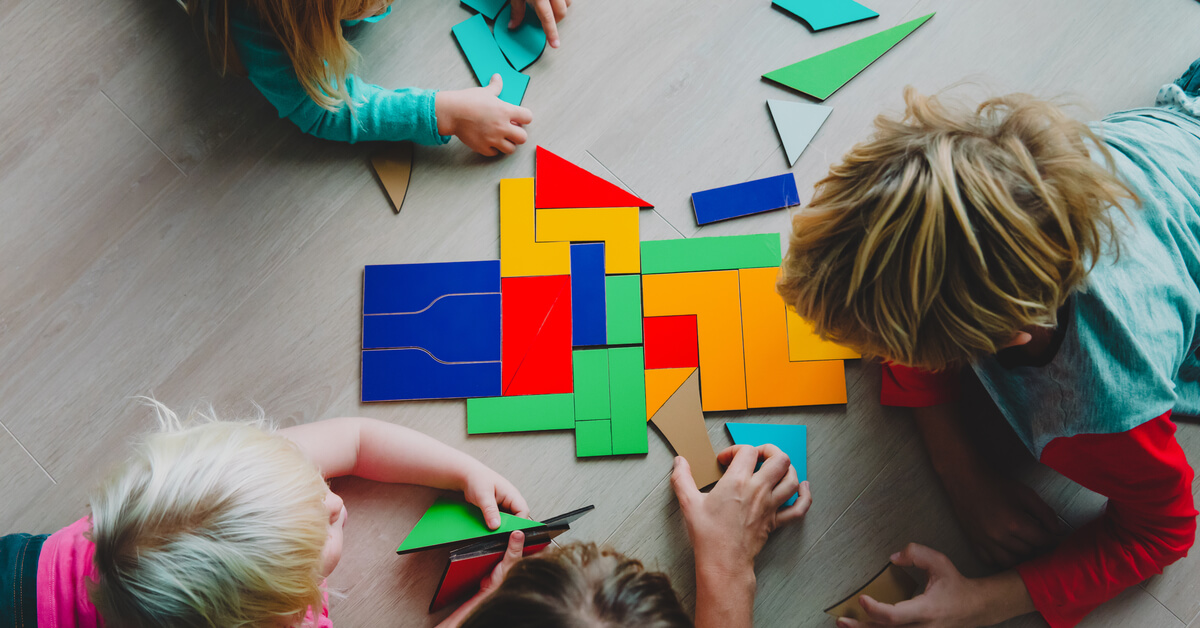“A boy at my table made fun of me during math today,” my second-grader told me one evening after bedtime. Worries tend to spill out after lights out.
“He said, ‘What?! You are still working on that packet? I finished that yesterday.’ ”
Swallowing my fierce first reaction, I said, “Oh, so how did you handle it?”
“I told him, ‘I like my learning pace. Your fast pace doesn’t work for me. I take my time.’ ”
I was stunned by her courage and her practical insight: speeding through the material is not the path to academic mastery.
In my work as an education journalist, I often take research about learning and the brain and translate it into usable chunks of information for parents and teachers. But this fall, I took on a personal challenge. Could I teach my 8-year-old about how the brain learns? And could this knowledge help her strengthen her academic confidence and agility?
One afternoon, I wrote out 10 insights I wanted to share with her this year — and that I hope to foster through my actions and attitude for years to come.



